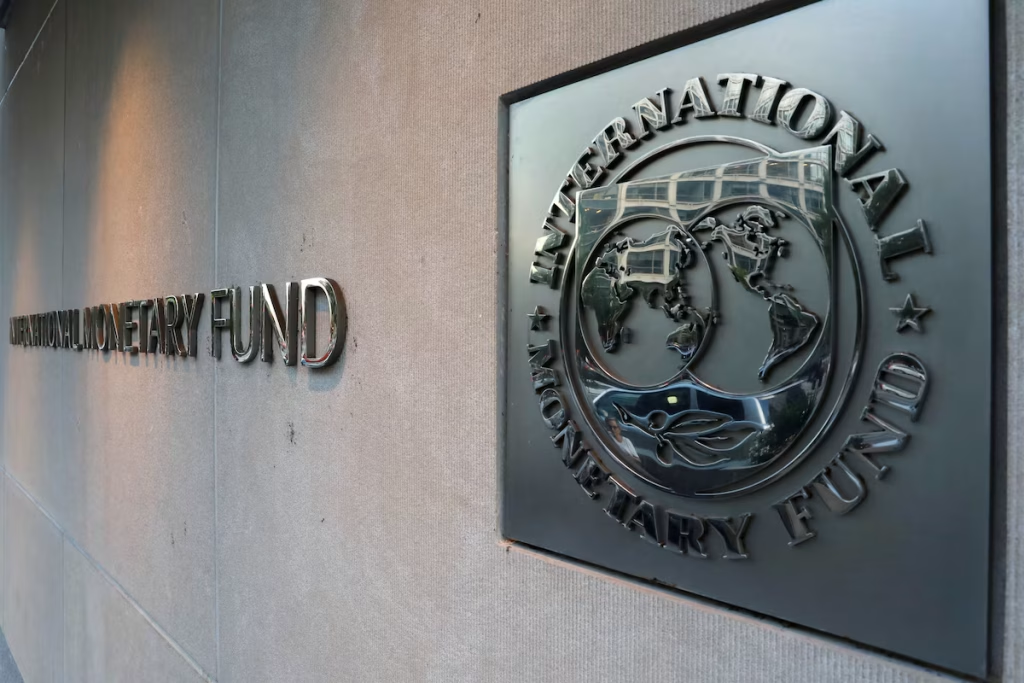
Monday 20th October 2025

by inAfrika Newsroom
Debt transparency is moving up the global agenda as the IMF and World Bank push countries and creditors to disclose more data and streamline restructurings. Officials said new proposals aim to expand debtor reporting, curb hidden liabilities and speed timelines under the G20’s Common Framework.
The institutions want broader participation by major economies and state-linked lenders in debt data platforms. In practice, that means publishing loan terms, collateral details and beneficiary ownership for public borrowing. Consequently, investors can price risk more accurately, and citizens can track obligations.
Debt transparency advocates argue that opaque deals delay crisis resolution. When governments understate arrears or contingent liabilities, restructurings stall and costs rise. Therefore, the reforms emphasize standardized disclosures and comparable treatment across creditor classes.
Low- and middle-income countries face tighter external funding conditions this year. Meanwhile, local debt burdens have climbed, binding banks to sovereigns. Officials said better data will help design credible fiscal plans and liability-management operations to reduce rollover risk.
The push includes incentives and sticks. On the one hand, countries that publish full debt registers could get faster program approvals and lower financing costs. On the other, failure to disclose may limit access to concessional windows or delay restructurings. Lenders, for their part, are urged to share information on collateral and liens.
Civil society groups want more. They argue for clauses that discourage litigation during restructurings and caps on debt service relative to revenues. Policymakers are cautious but acknowledge that legal bottlenecks have prolonged past crises and drained resources from health and education.
Debt transparency also helps domestic markets. With clearer fiscal baselines, central banks can plan disinflation paths, and pension funds can assess long-dated bond risks. As a result, countries can widen their investor base and reduce reliance on short-term instruments.
Next steps include piloting enhanced reporting templates, publishing dashboards and testing reforms in ongoing cases. If progress holds, officials said restructurings could conclude faster, with more predictable outcomes for borrowers and lenders alike.


